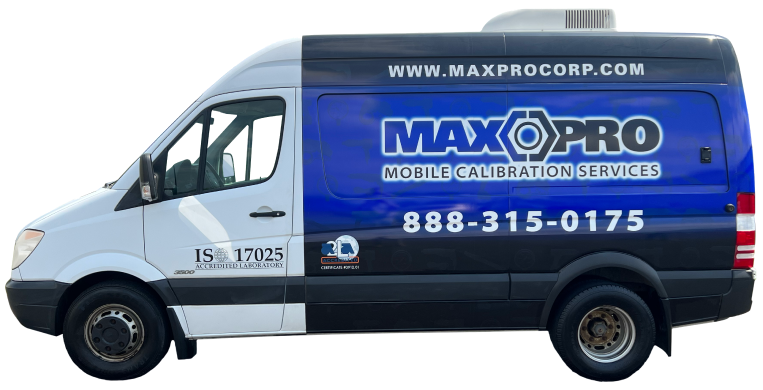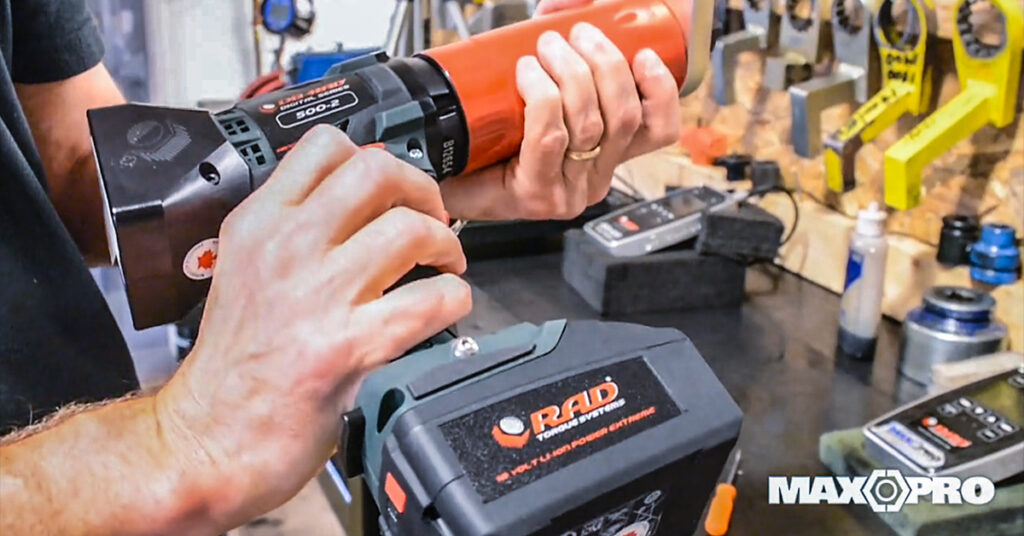
Safety precautions and proper maintenance are a must when using any tools, and torque wrenches are no exception.
Here are 10 torque wrench best practices to help ensure you use your tools safely and effectively.
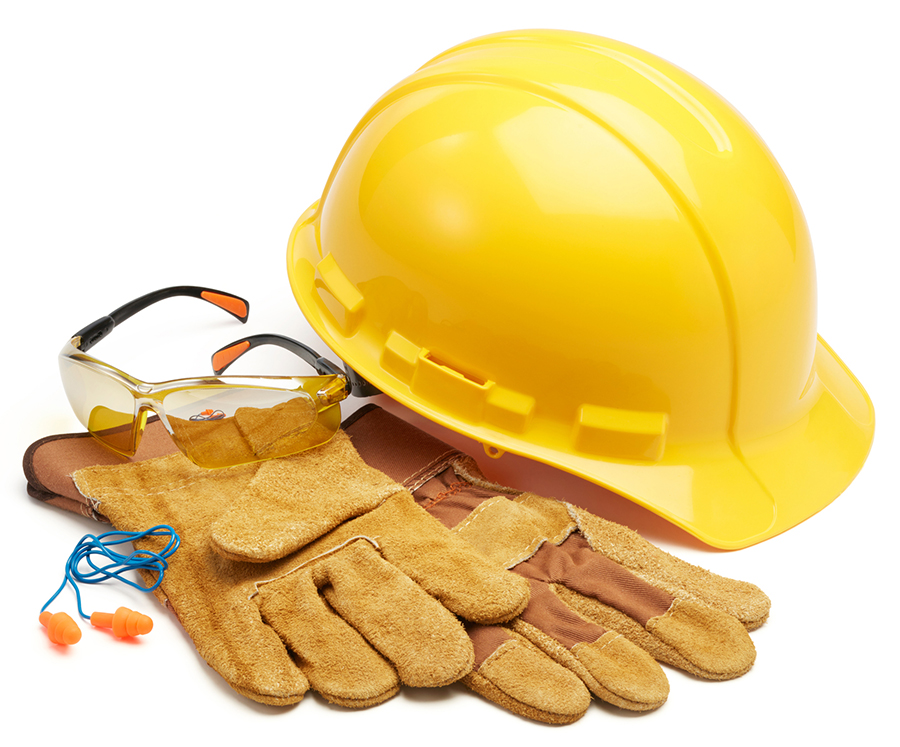 1. Safety gear
1. Safety gear
Make sure you always outfit yourself with the proper protective gear – gloves and safety glasses – when using a torque wrench or any other hand tool.
2. Follow manufacturer guidelines
Next on our list of torque wrench best practices: the importance of following specific manufacturer guidelines. This includes rules for:
- Proper direction of force applied
- Torque pattern or sequence
- Use or non-use of lubricated fasteners
- Tighten and release cycles
These guidelines are there for a reason. Failing to adhere to them can either put operators at risk for injury or damage your tool.
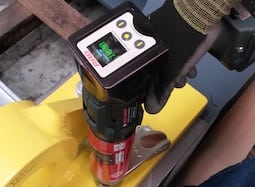 3. Stay within recommended ranges
3. Stay within recommended ranges
Do not exceed the recommended working range of your torque wrench. Reliable measurements are based on a percentage of that range.
For most mechanical wrenches, the usable torque wrench working range is 20 percent to 100 percent of full scale. In electronic wrenches, that range is 10 percent to 100 percent of full scale.
4. Extensions or adaptors
We do not recommend using extensions or adaptors, as these will change the calibrated output of the wrench.
5. Inspection
Inspect the socket you’ll be using, both on the input (wrench side) and output (nut/bolt side) of the wrench. Take time to properly lubricate and replace worn parts. Cracked or worn sockets are common and should be disposed of before using the tool.
6. Proper storage
Another important addition to the list of torque wrench best practices: keeping your tools in the appropriate cases. Use a protective case for your wrench and store it in a location that will be above 40 degrees Fahrenheit and below 100 degrees.
Avoid exposing torque tools to extreme humidity, corrosive environments or fluid immersion.
7. Proper usage
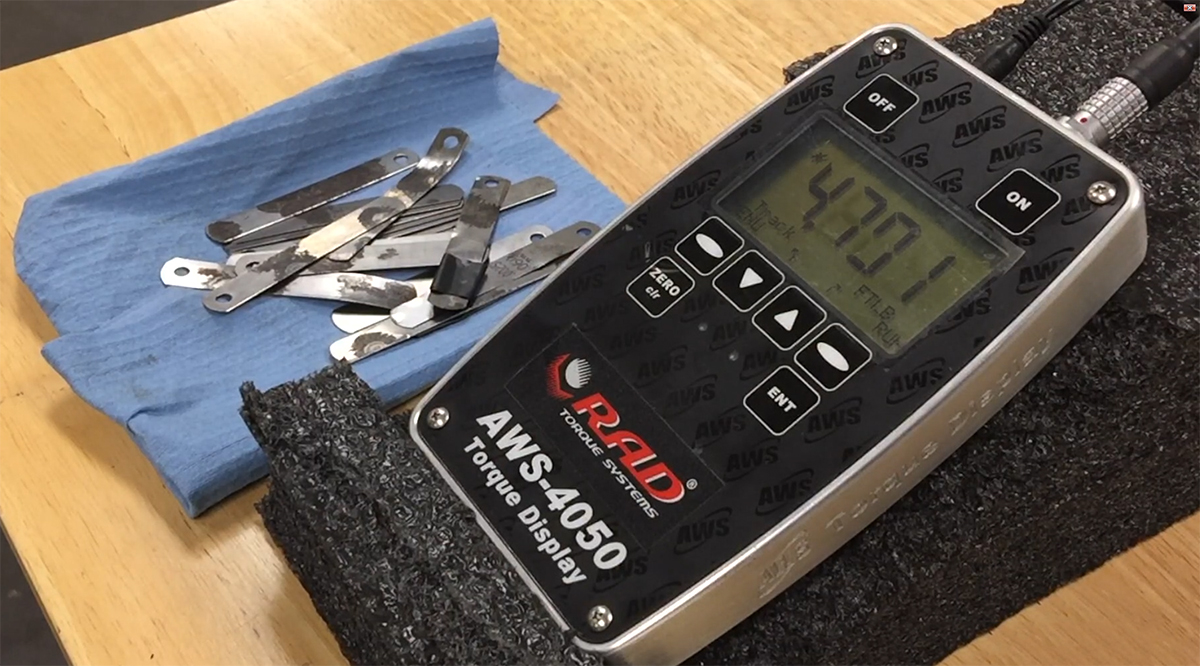 Do not use torque wrenches for loosening bolts. Torque wrenches should never be the primary method for loosening or fastening, but rather as a way to specify torque during final assembly.
Do not use torque wrenches for loosening bolts. Torque wrenches should never be the primary method for loosening or fastening, but rather as a way to specify torque during final assembly.
8. Don’t drop your wrench
Take care not to drop your torque wrench. Hitting a hard surface can cause the wrench to lose calibration. If you do drop your wrench, have it recalibrated by a qualified lab.
9. Regular calibration
Have your torque wrench inspected and recalibrated on a regular basis. Professionals differ on how often you should have this done, but you should never go more than a year without getting it done. Consult with your engineering team on best practices for torque wrench recalibration.
10. Proper calibration
Regular calibration is important, but so is using a qualified lab that has achieved ISO 17025 accreditation, which is considered the leading standard for calibration labs.
Maxpro’s calibration lab has been ISO 17025 accredited since 2015. We’re proud of the investment we’ve made in achieving this accreditation and to adherence to torque wrench best practices for the tools we sell, rent and calibrate.
Contact us today to learn more about our calibration services and what you can do to make sure your tools perform to the best of their ability.

